On the morning of August 26, the Vietnam Fatherland Front Committee of Ho Chi Minh City held an online conference to provide social feedback on the draft Resolution of the Ho Chi Minh City People's Council regulating the roadmap for implementing the conversion and support policies for converting public passenger transport vehicles by buses using electricity and green energy in Ho Chi Minh City.
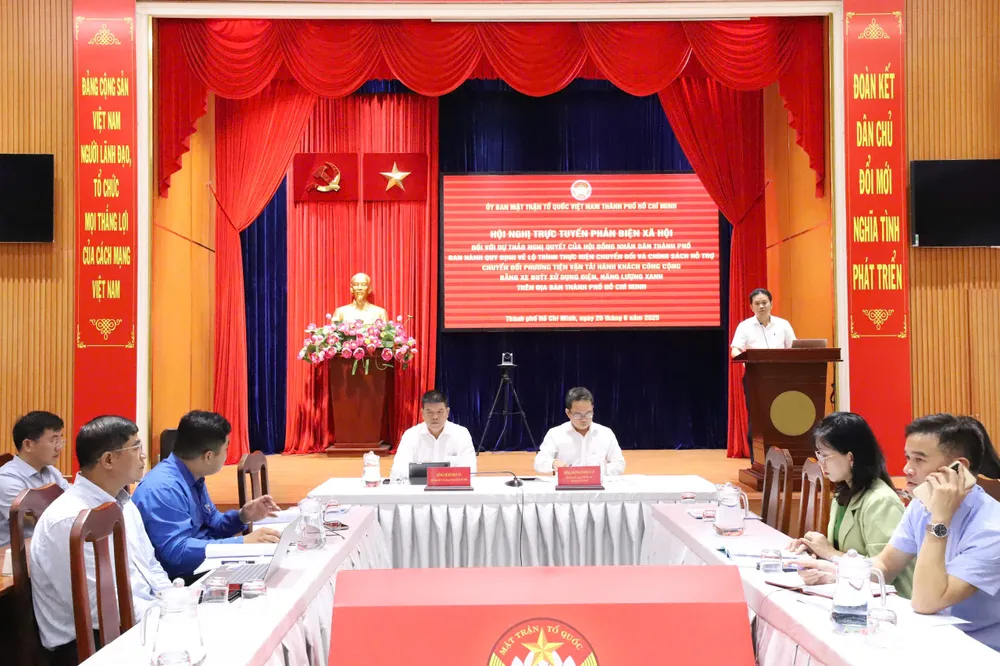
Comrade Pham Minh Tuan, Vice Chairman of the Vietnam Fatherland Front Committee of Ho Chi Minh City; Bui Hoa An, Deputy Director of the Department of Construction of Ho Chi Minh City co-chaired the conference. Also attending were representatives of city departments, branches and sectors; experts, scientists ...
Policy is not attractive enough
Speaking at the conference, Ms. Ung Thi Xuan Huong, President of the Ho Chi Minh City Lawyers Association, affirmed that converting buses to green energy is necessary and has a clear legal basis. However, she expressed concerns about the feasibility of the draft. According to her, while the Government 's roadmap sets the milestone of 2050 to achieve 100% conversion, this draft resolution requires Ho Chi Minh City to complete it by 2030, meaning that within the next 5 years the city must replace all buses. "If we shorten it, it should only be shortened by 10 years, the target of 2040 is reasonable. A policy that is issued but has not fully anticipated its actual impact is very difficult to implement," Ms. Ung Thi Xuan Huong emphasized.
According to the Chairman of the Ho Chi Minh City Bar Association, the draft report does not yet have a full assessment of the impact on businesses and units directly affected by having to replace vehicles and change technology. In particular, the issue of handling old vehicles, especially newly invested vehicles that have not yet expired... has not been mentioned.
Regarding support, Ms. Huong commented that the policy in the draft is “not attractive enough”. If it only stops at interest rate support, it will be difficult to encourage bold investment. The city needs to add other incentives. In addition, arising administrative procedures must be carefully reviewed to avoid creating new burdens for businesses, and should be digitized and documents and processes should be shortened as much as possible.
Meanwhile, lawyer Nguyen Van Hau, Vice Chairman of the Ho Chi Minh City Bar Association, proposed to build a diverse financial policy framework instead of focusing only on interest rate support. The city should increase the level of support loans to match actual investment costs, and at the same time research new financial models such as battery leasing or financial leasing, thereby reducing the burden of initial costs and creating opportunities for small businesses and cooperatives to participate. In particular, he emphasized the need to attach responsibility for handling waste batteries to the manufacturer according to the principle of "extended responsibility of the manufacturer", forcing businesses to take responsibility for the entire product life cycle, from collection, recycling to long-term battery warranty.
Regarding the battery issue, Ms. Hoang Thi Thu Lien, Chairwoman of the Vietnam Fatherland Front Committee of Saigon Ward, said that we should further study the backup battery option, carefully calculate the land fund for infrastructure and ensure the safety of the power source. We should pilot it in some routes and areas first, gain experience and then expand it throughout the city.
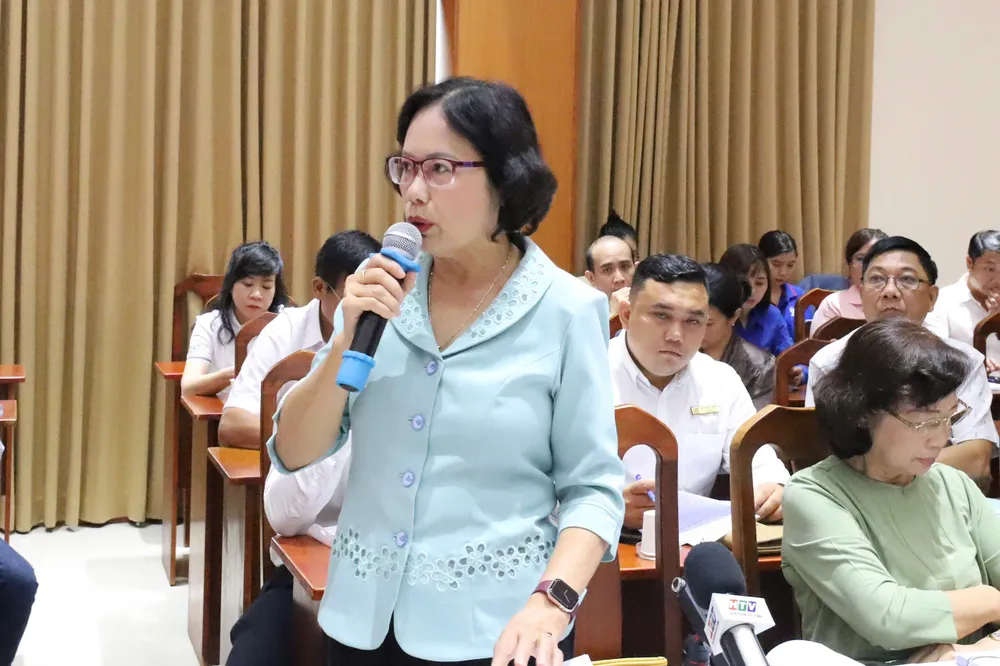
Calling for consensus for green transition
Mr. Bui Hoa An, Deputy Director of the Ho Chi Minh City Department of Construction, emphasized that the conference not only discussed the conversion to electric buses, but also placed it in the broader context of the national goal of net zero emissions by 2050. According to him, public transport, especially buses, is one of the key areas that Ho Chi Minh City needs to take the lead in contributing to the whole country's implementation of international commitments, while improving the living environment for people.
Mr. An pointed out that the air pollution in the city is at an alarming level, in which road traffic is a major source of emissions, contributing 40% of PM2.5 fine dust. Without solutions to manage and develop public transport, congestion and pollution will become increasingly serious. The transition to green vehicles, in addition to electric vehicles, also considers new energy solutions such as hydrogen.
Regarding infrastructure, Mr. An said that Ho Chi Minh City has calculated the arrangement of charging stations at stations and depots to avoid congestion, and is coordinating with ministries and branches to develop common standards for charging technology and batteries, ensuring safety and convenience. The issue of purchasing and handling old vehicles is also being studied in the direction of recycling and reuse, not abandoning them to cause pollution.
Regarding travel needs, he admitted that the current bus system has not met the demand well, but with the synchronous development of metro and green vehicles, Ho Chi Minh City expects that by 2030, the rate of people using public transport will increase to about 20%. To achieve this goal, the State must continue to play a leading role in building policies and subsidizing prices for the people.
The leader of the Ho Chi Minh City Department of Construction affirmed that he would fully absorb the criticisms at the conference and complete the draft Resolution to submit to the City People's Council. He also called for consensus from the people and businesses, considering this a prerequisite for the "green transformation" process in transportation to be successful, contributing to building a green, clean, and sustainable Ho Chi Minh City.
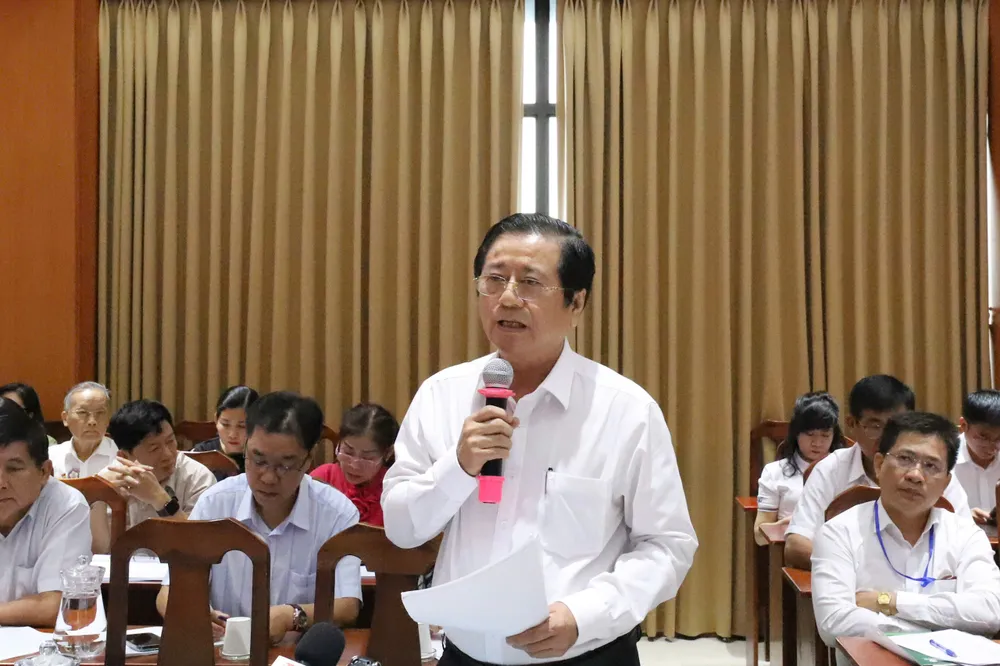
In Ho Chi Minh City, there are 2,342 public passenger transport vehicles, which are buses. Of these, 50.7% are diesel buses (1,187 vehicles), 23.1% are CNG buses (542 vehicles), and 26.2% are electric buses (613 vehicles).
According to the draft resolution, in the period of 2025-2029, subsidized bus routes such as public passenger transport vehicles using CNG and diesel fuel will continue to operate until the end of the signed contract. After the contract expires, the conversion will follow these steps:
- Buses using CNG and diesel fuel that are over 15 years old will be replaced and new ones using electricity and green energy will be invested in.
- CNG buses with less than 15 years of use will continue to participate in providing public passenger transport services, but must ensure no more than 15 years of use.
Diesel-fueled buses will continue to be in service until 2029, but must be guaranteed to be no more than 15 years old.
For non-subsidized bus routes (including inner-city and inter-provincial routes): 100% of buses will be replaced and newly invested to use electricity. New bus routes opened from 2025 onwards: 100% will use electricity. Maximum loan amount is 85% of total project investment, maximum 300 billion VND/project. Fixed interest rate is 3%/year throughout the loan term with a maximum interest support period of 7 years.
Regarding investment in charging stations, investment capital can be borrowed from the Ho Chi Minh City State Financial Investment Company according to the approved project. The maximum interest rate support loan amount is 200 billion VND/project (excluding deductible value added tax), in which the construction investment capital is supported up to 70%, the technology and equipment investment capital is supported up to 85%. The investor pays interest equal to 50% of the interest rate to calculate the support interest rate, the City budget supports 50% of the interest rate to calculate the support interest rate.
Source: https://www.sggp.org.vn/chuyen-doi-xe-bust-xanh-can-lo-trinh-kha-thi-chinh-sach-du-hap-dan-post810226.html



![[Photo] Hanoi: Authorities work hard to overcome the effects of heavy rain](https://vphoto.vietnam.vn/thumb/1200x675/vietnam/resource/IMAGE/2025/8/26/380f98ee36a34e62a9b7894b020112a8)

![[Photo] Multi-colored cultural space at the Exhibition "80 years of the journey of Independence - Freedom - Happiness"](https://vphoto.vietnam.vn/thumb/1200x675/vietnam/resource/IMAGE/2025/8/26/fe69de34803e4ac1bf88ce49813d95d8)


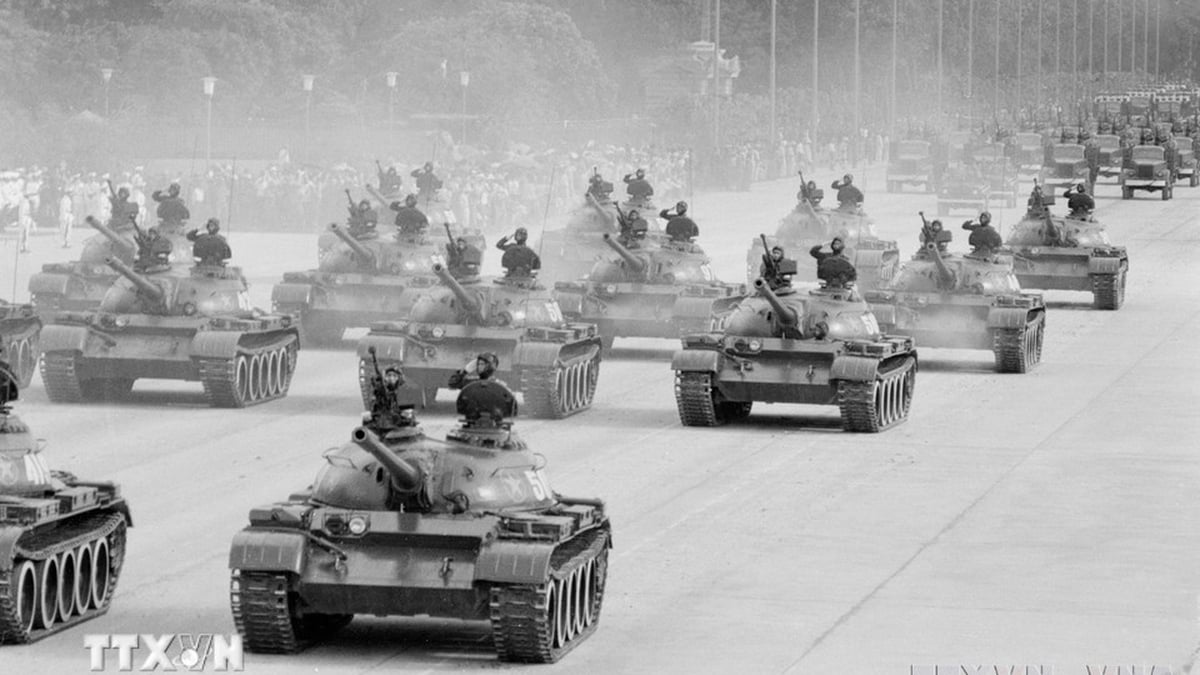
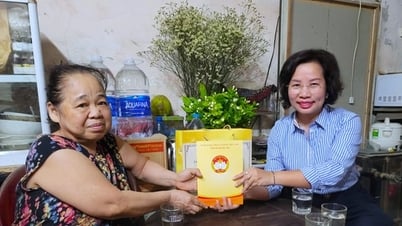



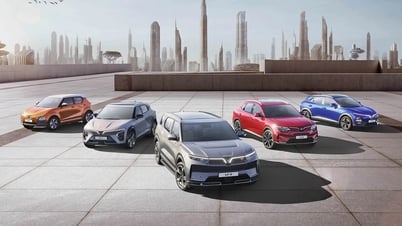




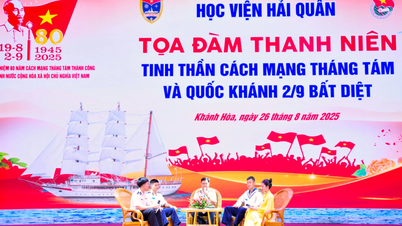

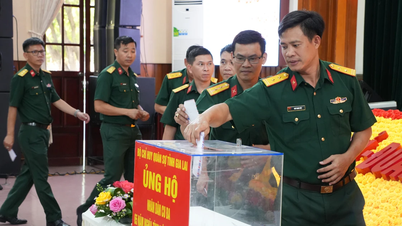

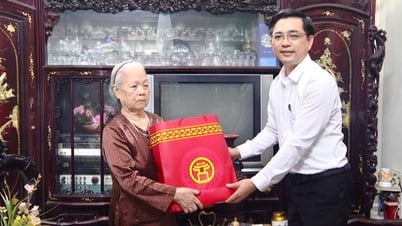
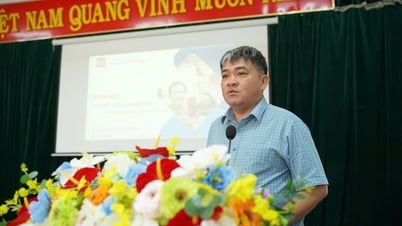

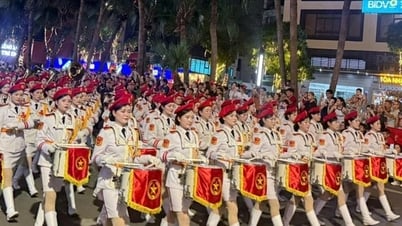
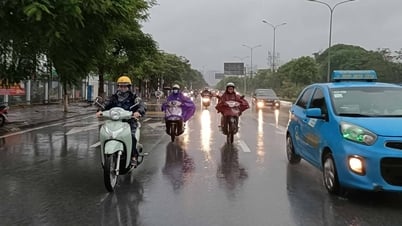





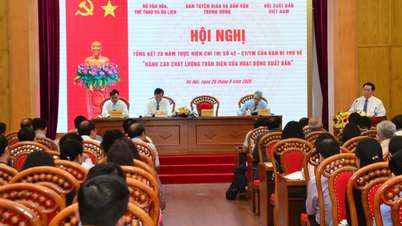
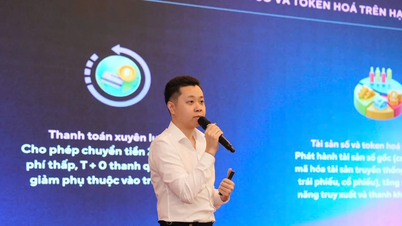
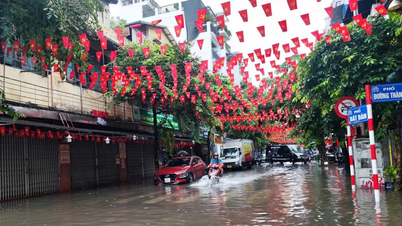
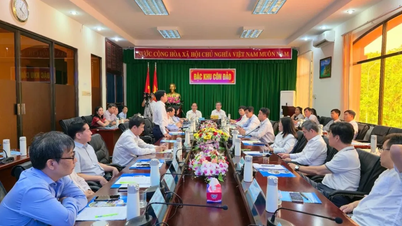
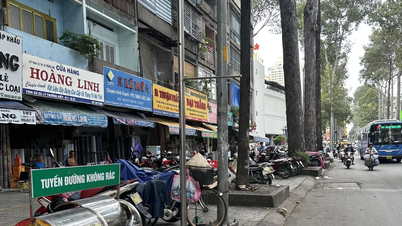
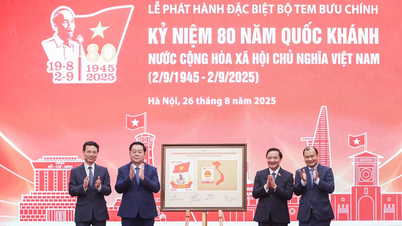

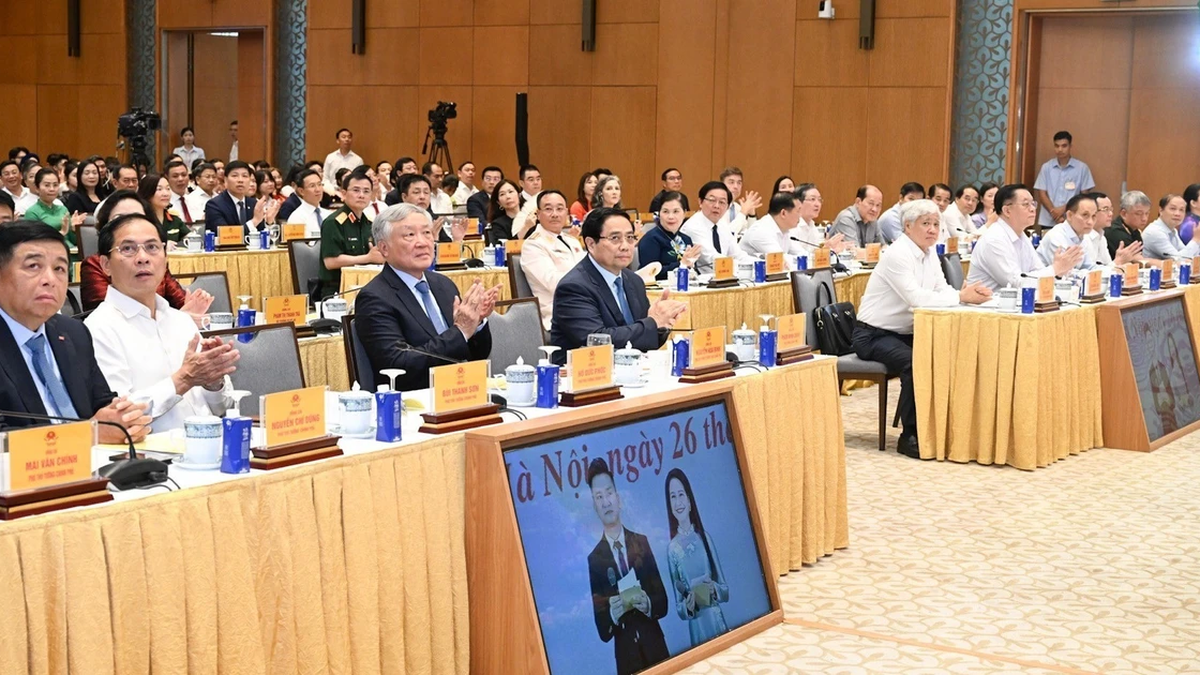
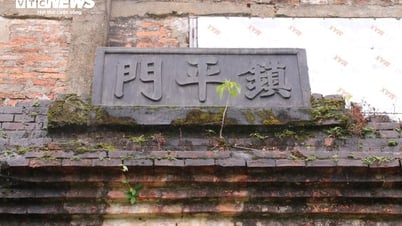

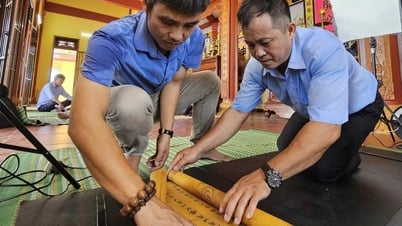



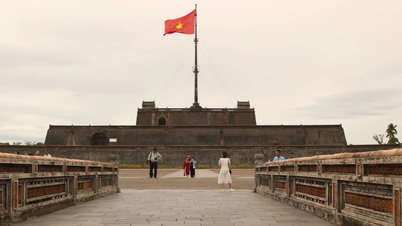

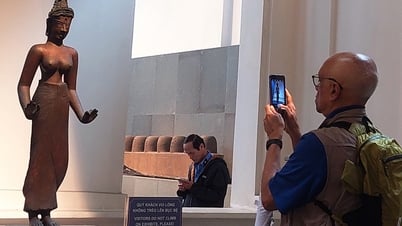








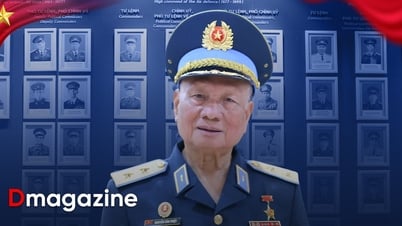
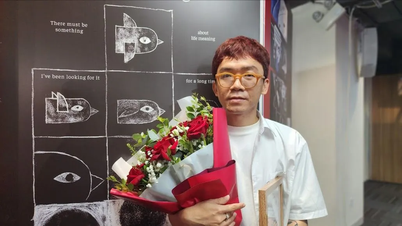
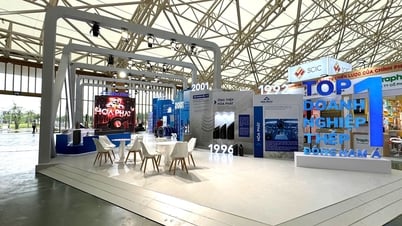

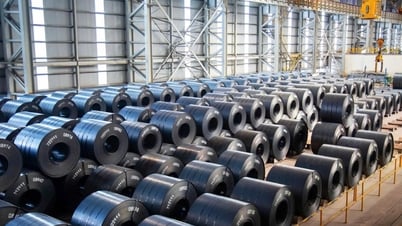
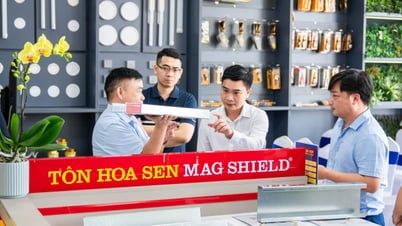

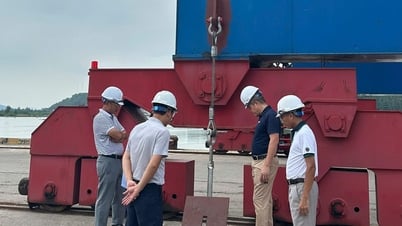



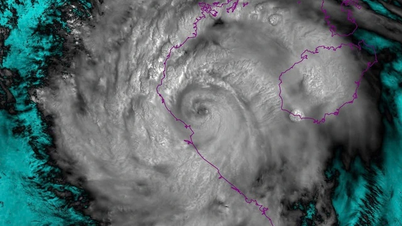

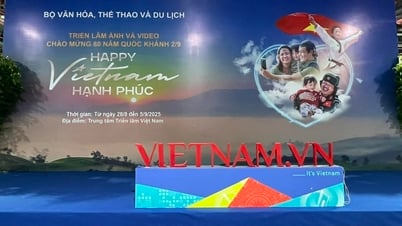
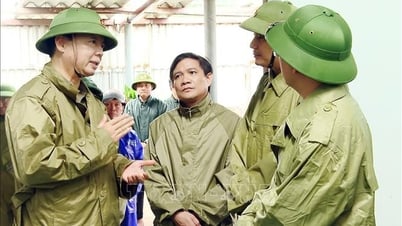

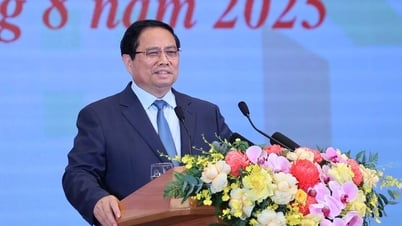
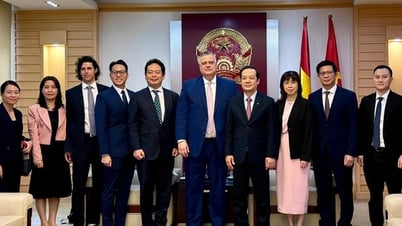

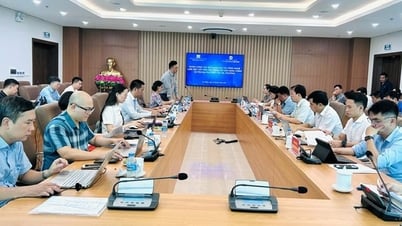
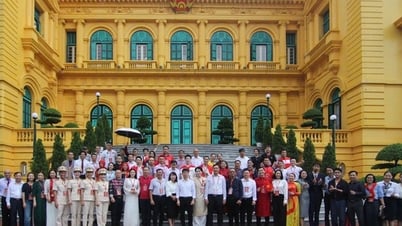

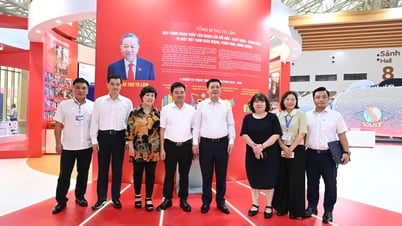

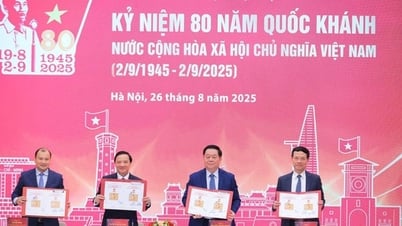
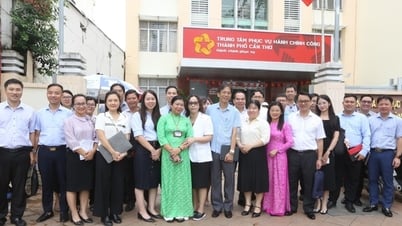
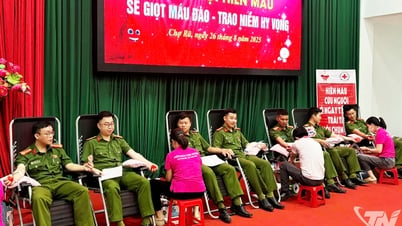






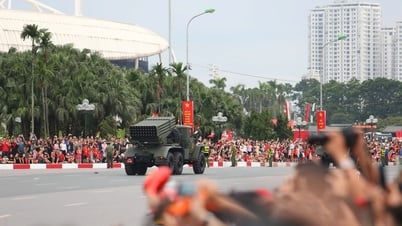
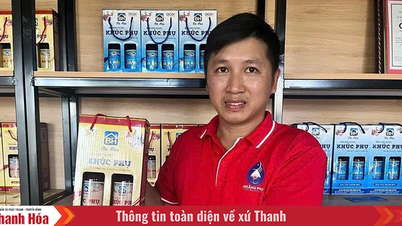



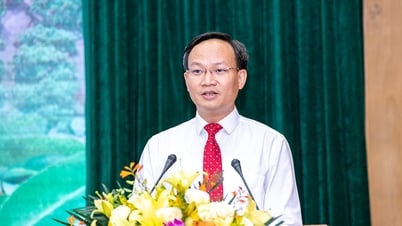
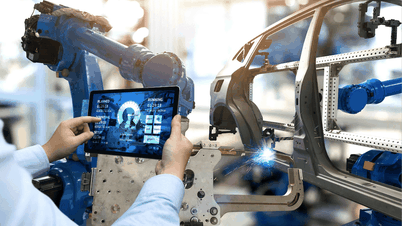
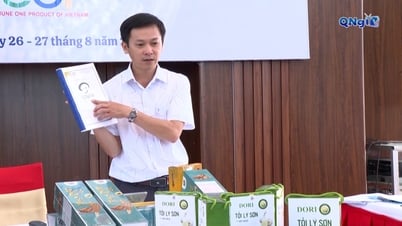









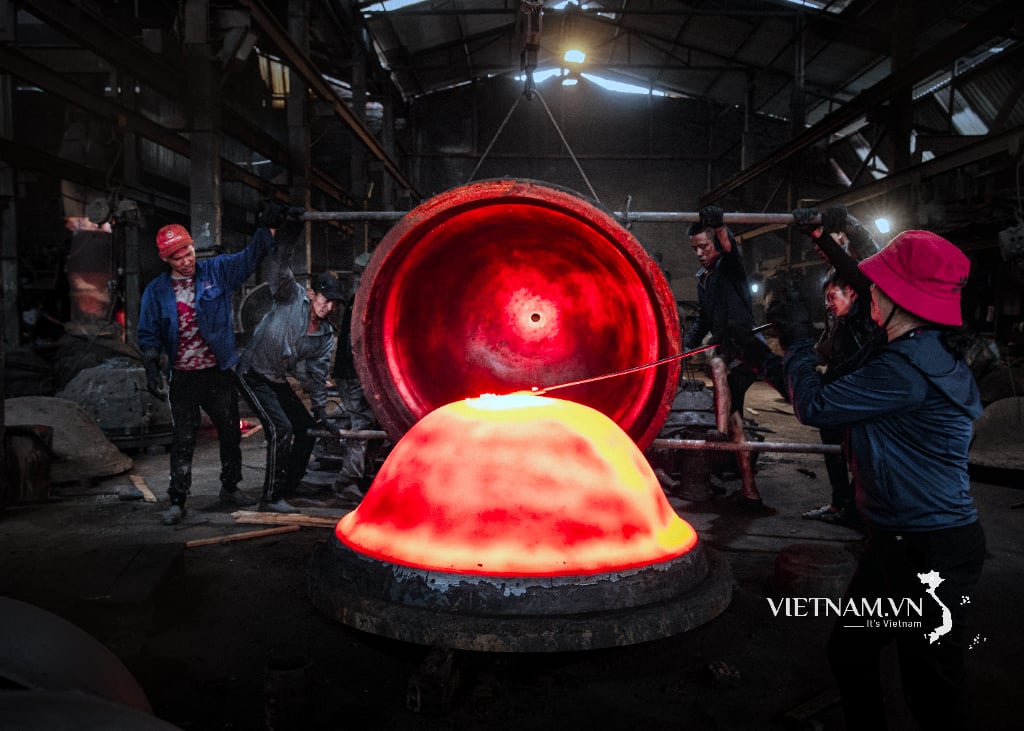
Comment (0)